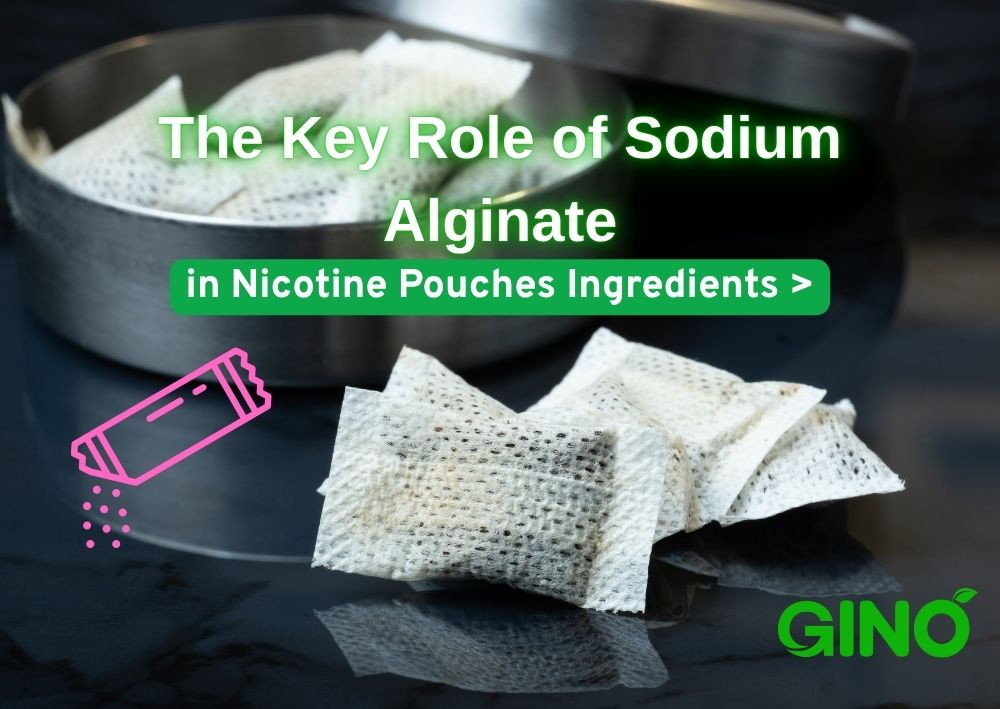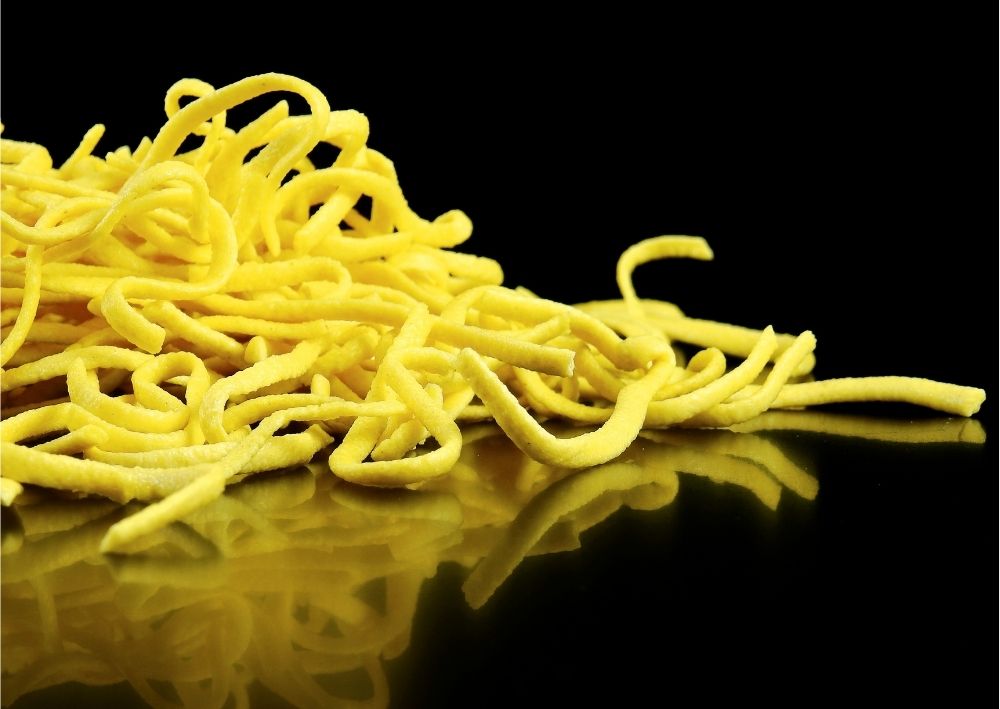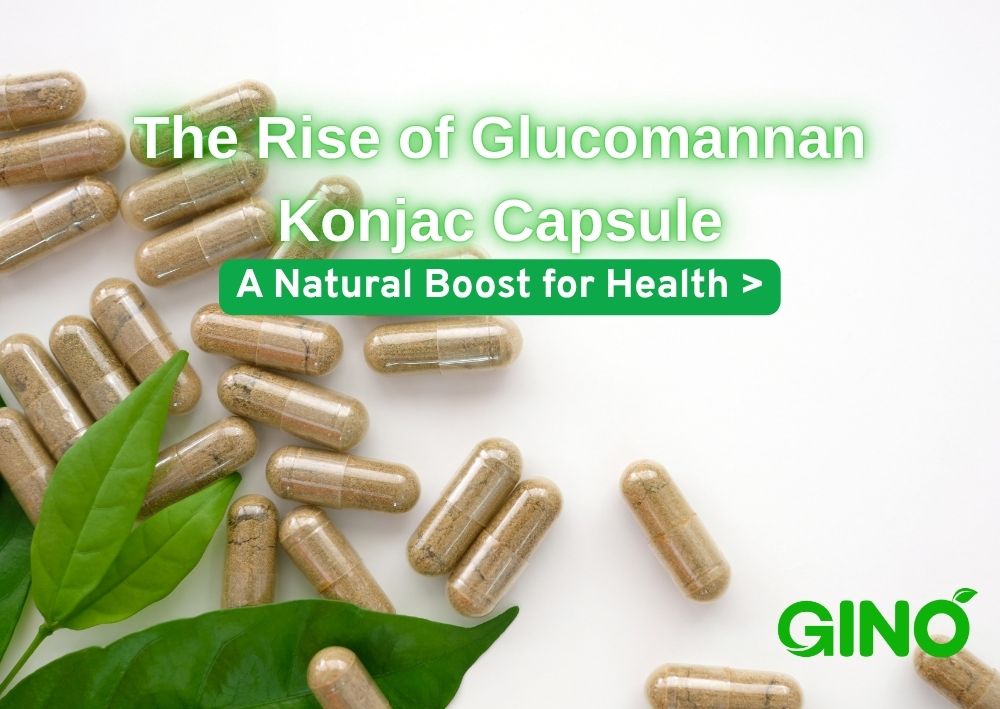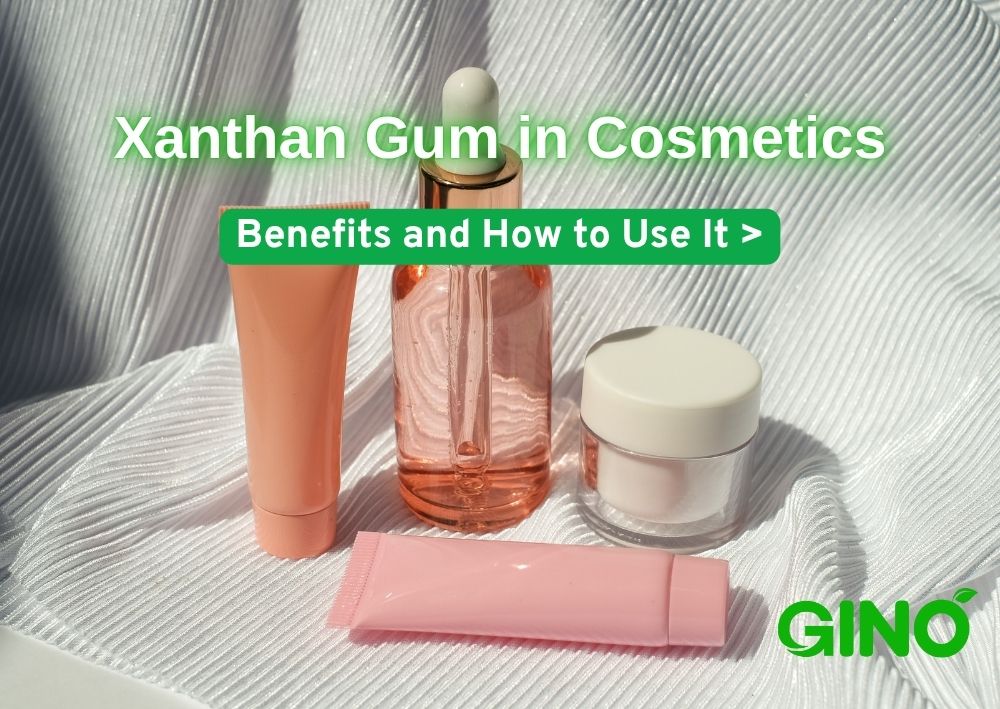
How to Use Propylene Glycol Alginate in Noodle
How to Use Propylene Glycol Alginate in Noodle
1. Introduction
Understanding how to use Propylene Glycol Alginate (PGA) is essential for improving noodle quality. PGA enhances texture, retains moisture, and increases boil stability, making it a valuable ingredient for manufacturers.
This article will explore the benefits of using PGA in noodle production, its recommended dosage, and effective application steps.

2. Benefits of Propylene Glycol Alginate in Noodle
Improved Texture and Elasticity
One of the primary benefits of using Propylene Glycol Alginate in noodles is its ability to enhance texture. PGA increases the elasticity and chewiness of noodles, providing the desired mouthfeel.
Moisture Retention
PGA plays a vital role in moisture retention, ensuring that noodles remain soft and pliable over time. This characteristic is crucial for maintaining product freshness.
Enhanced Boil Stability
Noodles made with PGA exhibit excellent boil stability, reducing the risk of sticking or breaking during cooking. This quality enhances the overall cooking experience.
Cost-Effectiveness
Using PGA can lead to cost savings in noodle production. Its ability to improve product quality and extend shelf life helps manufacturers reduce waste and increase profitability.
3. Steps on How to Use Propylene Glycol Alginate in Noodle
To achieve optimal results with how to use Propylene Glycol Alginate, follow these guidelines:
1. Even Mixing
To ensure optimal results with Propylene Glycol Alginate, start by mixing 2-5 grams of PGA per 1000 grams of flour.
Combine it with other dry ingredients such as flour or starch. Thorough mixing at this stage is crucial to ensure that the PGA is evenly distributed throughout the dough.
This ensures consistent texture improvement and functional properties in the final noodle product.
2. Dough Preparation
Once the dry ingredients are well-mixed, add water and any additional ingredients such as salt or alkalizing agents.
Begin kneading the dough until it reaches a smooth, elastic consistency.
The presence of PGA in this stage helps strengthen the dough, improving its texture and elasticity.
Be sure to knead thoroughly, as this ensures the PGA is fully integrated, maximizing its effect on the dough's structure.
3. Resting the Dough
After kneading, allow the dough to rest for 10-15 minutes.
This resting period is crucial for proper hydration and for the development of the dough’s texture.
Resting enables the PGA to fully interact with the other ingredients, which enhances its functional benefits, such as moisture retention and dough stability.
This step helps in forming a consistent and elastic dough structure.
4. Shaping and Processing
Once the dough has rested, proceed with shaping it into noodles or any other desired forms.
This can be done by rolling, cutting, or extruding the dough. Following shaping, cook the noodles using your preferred method, such as boiling, steaming, or frying.
Noodles made with PGA exhibit excellent boil stability, maintaining their shape, texture, and elasticity during cooking.
They are less likely to break or stick, ensuring an improved cooking and eating experience.
By following these guidelines, you can make the most of Propylene Glycol Alginate’s unique properties to enhance the quality and performance of your noodle products.
Conclusion
Incorporating Propylene Glycol Alginate into noodle production offers numerous advantages, from improved texture to enhanced stability. Its versatility allows for application in various noodle types, ensuring high-quality products that meet consumer demands.
Elevate your noodle production with Propylene Glycol Alginate. Contact us today to learn how this versatile ingredient can enhance texture, improve shelf life, and ensure better boil stability in your products.
Contact usFAQ
Can PGA be used in gluten-free noodles?
Yes, PGA can be used in gluten-free noodle formulations to enhance texture and improve moisture retention, making it suitable for gluten-free recipes.
How does PGA affect the cooking time of noodles?
Noodles made with PGA typically maintain their structure better during cooking, which can lead to more consistent cooking times and improved overall quality.
How does Propylene Glycol Alginate improve noodle texture?
PGA enhances the elasticity and chewiness of noodles, providing a desirable mouthfeel that consumers appreciate. This results in noodles that are more enjoyable to eat.
What is the recommended dosage for using Propylene Glycol Alginate in noodle production?
A3: It is recommended to use 2-5 grams of PGA per 1000 grams of flour to achieve optimal results in noodle production.
Can Propylene Glycol Alginate help with moisture retention in noodles?
A4: Yes, PGA plays a crucial role in moisture retention, ensuring that noodles remain soft and pliable over time, even during extended storage.
Is Propylene Glycol Alginate safe to use in food products?
A5: Yes, PGA is recognized as safe for consumption and is widely used in the food industry as a food additive.







